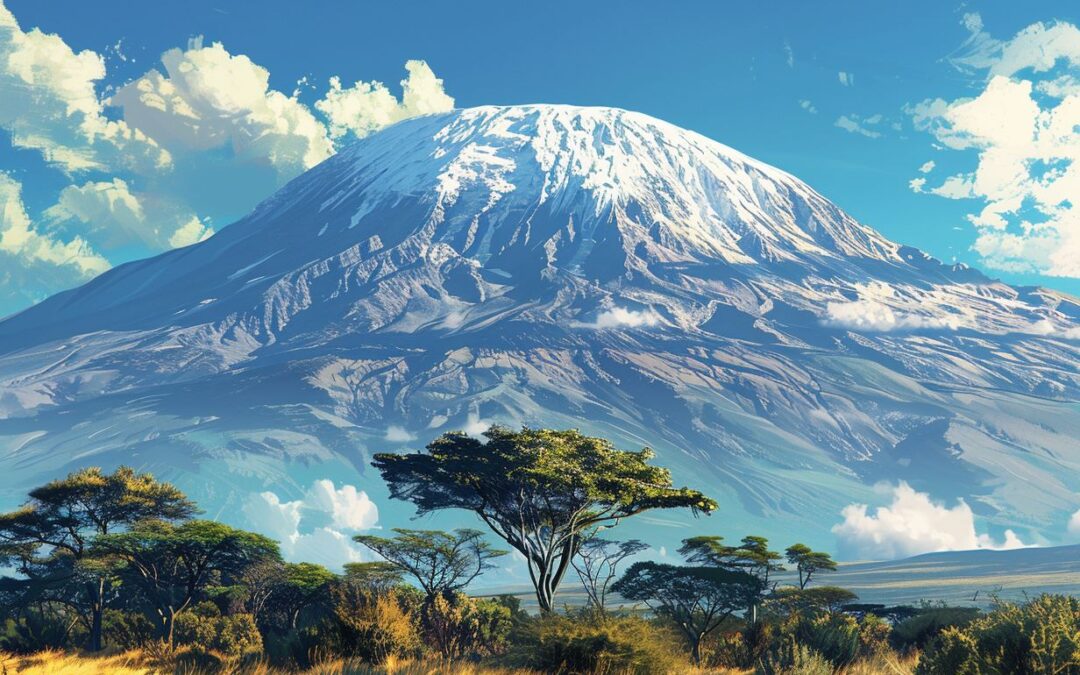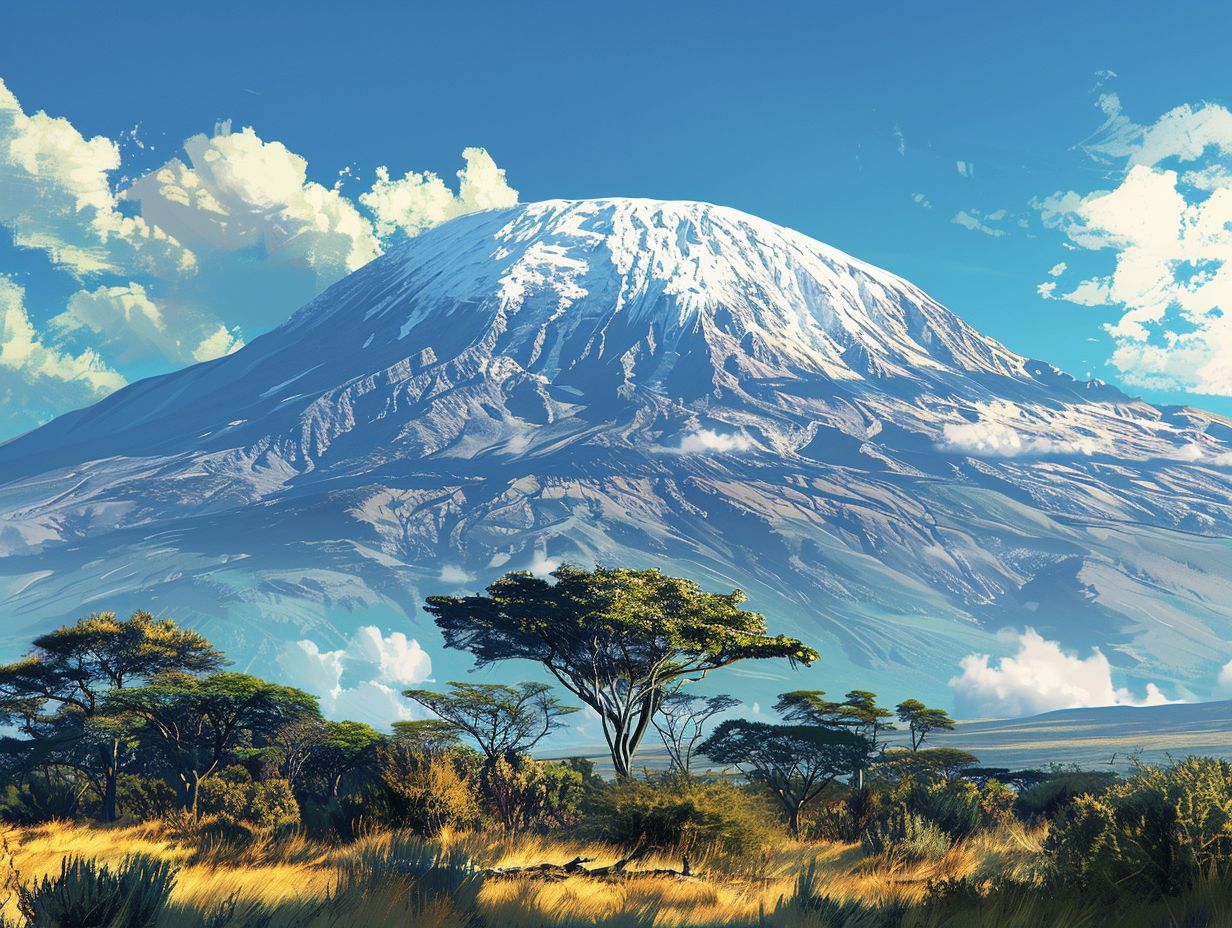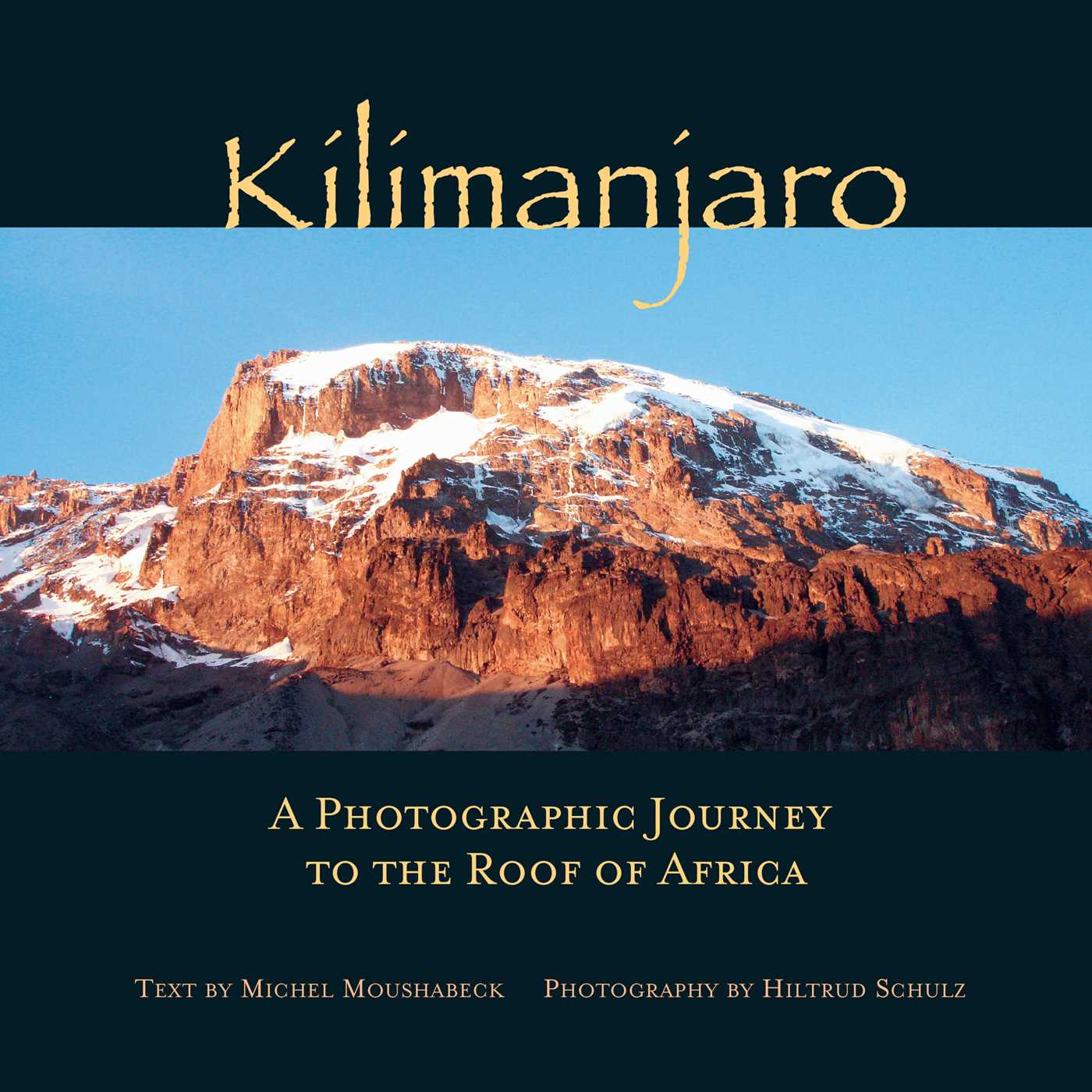Towering majestically at over 19,000 feet, Mount Kilimanjaro is not just Africa’s highest peak but also a symbol of natural wonder and enigma. How did this snow-capped giant emerge in a region known for its heat and humidity? Even more intriguing, researchers have discovered ice cores at the summit revealing climate data spanning over 11,000 years.
Mount Kilimanjaro’s history is a tapestry woven with the narratives of ancient volcanoes, indigenous people, and adventurous explorers. Geological studies indicate the mountain’s formation began approximately a million years ago with volcanic activity. Today, Kilimanjaro attracts over 50,000 climbers yearly, making it a significant contributor to Tanzania’s tourism industry.
The Fascinating History of Mount Kilimanjaro: A Journey Through Time
Mount Kilimanjaro stands as a majestic symbol in Africa, stretching towards the sky at over 19,000 feet. This mountain, known to have three volcanic cones, formed over millions of years through intense geological activity. Its formation started over a million years ago due to volcanic eruptions and tectonic movements. The three cones, Kibo, Mawenzi, and Shira, each have their unique features. Today, Kibo is the tallest and only cone covered with glaciers.
Long before explorers and scientists documented Mount Kilimanjaro, it was home to indigenous tribes. The Chaga people, who lived on its slopes, had their own myths and legends about the mountain. They believed it was the abode of gods and spirits. These narratives have been passed down through generations, adding to the rich cultural tapestry of the region. To them, Kilimanjaro was more than a natural wonder; it held spiritual significance.
The first successful climb to the summit was achieved by German geologist Hans Meyer and Austrian climber Ludwig Purtscheller in 1889. This feat opened the door to many scientific studies. Researchers began studying the unique flora and fauna, as well as the ice cores revealing climate history. The mountain attracted not just climbers but scientists, each keen to uncover the secrets held at its peak. Their discoveries continue to influence environmental and geological studies today.
Mount Kilimanjaro has become a hotspot for tourism, with over 50,000 climbers attempting to reach its summit every year. This influx brings economic benefits, providing income for the local communities. However, it also poses a threat to the fragile ecosystems on the mountain. Preserving Kilimanjaro’s natural beauty and ecological balance is now a priority. Conservation efforts are essential to maintain this iconic landmark for future generations.
The Geological Formation of Kilimanjaro
Mount Kilimanjaro is a towering giant in Africa, known for its remarkable geological history. Its creation began roughly a million years ago from volcanic activity. Three distinct volcanic cones—Kibo, Mawenzi, and Shira—emerged from the earth. Shira is the oldest, now eroded down to a plateau. Kibo remains the tallest, still showing evidence of volcanic activity.
Over time, tectonic movements and lava flows shaped Kilimanjaro’s landscape. The mountain’s formation was gradual, with each volcanic eruption adding layers of lava and ash. The process created the diverse terrain that climbers see today. Some areas are rocky and barren, while others are covered in lush vegetation. This variety adds to Kilimanjaro’s unique character.
The geological structure of Kilimanjaro is a rich field for scientific study. Researchers analyze rock samples to understand the past volcanic activity better. They also study the ice cores, which contain air bubbles trapped over thousands of years. These bubbles help in understanding past climate conditions. The data collected provides vital insights into the mountain’s and the Earth’s geological history.
Kilimanjaro’s distinct zones are another result of its geological formation. As you ascend, you pass through different climates, from tropical rainforests to alpine deserts. Each zone supports unique plant and animal life, contributing to the mountain’s biodiversity. This environmental gradient makes Kilimanjaro not just a geological wonder but also an ecological treasure.
The Indigenous Peoples and Early Mythology
The slopes of Mount Kilimanjaro have been home to indigenous peoples for centuries. The Chaga tribe is one of the main groups that have lived in this region. They developed complex agricultural systems to farm the fertile volcanic soil. For the Chaga, Kilimanjaro was more than just a mountain; it was a sacred place. They believed that gods and spirits lived at the summit.
Stories and myths about Kilimanjaro have been passed down through generations. One popular legend speaks of a god named Ruwa who lived on the mountain. According to the Chaga, Ruwa created the mountain as a gift to the people. They believed that the snow and glaciers were signs of Ruwa’s presence. These tales added a spiritual dimension to their daily lives.
The Maasai, another indigenous group, have their own myths related to Kilimanjaro. They call the mountain “Oldoinyo Oibor,” meaning “White Mountain.” For them, it is a symbol of strength and endurance. According to Maasai beliefs, warriors must climb the mountain to prove their bravery. This practice has reinforced Kilimanjaro’s importance in their culture.
These rich mythologies contribute to the cultural heritage of the region. They provide valuable insights into how indigenous people interact with their environment. The stories also offer a glimpse into the values and beliefs that guide their lives. Today, these tales continue to be an essential part of local traditions. They keep the spirit of Mount Kilimanjaro alive for future generations.
Exploration and Scientific Studies
The first successful expedition to the summit of Mount Kilimanjaro was led in 1889 by Hans Meyer and Ludwig Purtscheller. This groundbreaking achievement opened the floodgates for further exploration. Adventurers and scientists from around the world were now eager to explore this mysterious giant. They sought to understand both its natural wonders and its challenging climbs. This spirit of adventure and curiosity persists to this day.
Scientific studies on Kilimanjaro have been diverse and extensive. From geology to climate science, researchers have investigated various aspects of the mountain. One notable area of study involves the ice cores from the glaciers. These ice cores contain historical climate data spanning thousands of years. By examining them, scientists can gain insights into past environmental conditions.
Flora and fauna at different elevations of Mount Kilimanjaro offer another fascinating subject for research. The mountain supports a range of ecosystems, each with unique species. Botanists and zoologists have cataloged numerous plants and animals adapting to specific climates along the slopes. Some species are endemic, found nowhere else in the world. Their adaptations provide important data on biodiversity and survival mechanisms.
Climbers have also played a role in scientific discovery. Modern expeditions often include researchers who conduct studies while scaling the peak. These expeditions gather data on altitude sickness, physical endurance, and ecological changes. The findings help improve safety measures for future climbers and add to our understanding of high-altitude environments. Kilimanjaro remains a living laboratory for ongoing scientific inquiry.
The impact of climate change on Kilimanjaro has garnered significant attention in recent years. The glaciers on Kibo’s summit are shrinking at an alarming rate. Studies predict they could disappear entirely within the next few decades. This alarming trend serves as a stark reminder of the broader implications of global warming. Efforts are now focused on understanding and mitigating these environmental changes.
Key Takeaways
- Mount Kilimanjaro was formed over a million years ago by volcanic activity.
- The mountain has three volcanic cones: Kibo, Mawenzi, and Shira.
- Indigenous tribes have rich myths about the mountain’s origins and significance.
- Hans Meyer and Ludwig Purtscheller first climbed Kilimanjaro in 1889.
- Scientific studies explore its geology, climate history, flora, and fauna.



